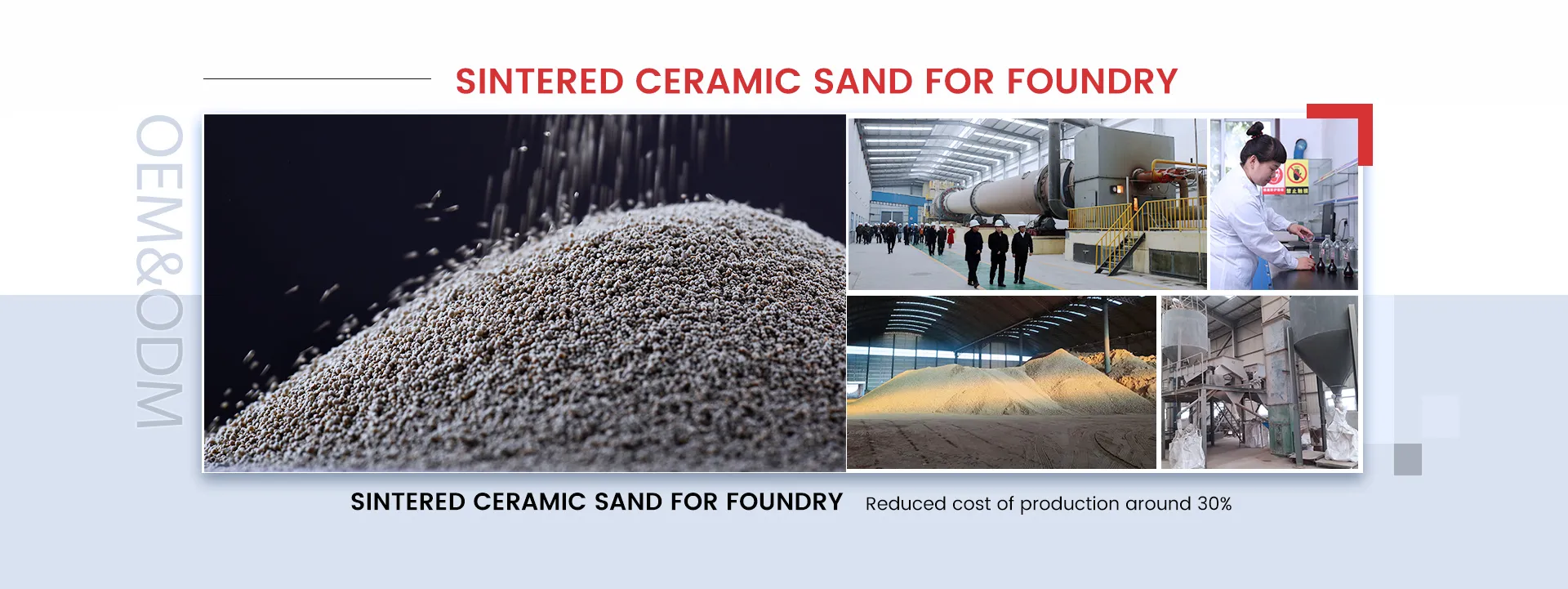Understanding Fine Casting Sand Essential for Quality Castings
In the world of metal casting, fine casting sand plays a crucial role in determining the quality of the final product. Casting processes, which involve pouring molten metal into a mold, rely heavily on the properties of the materials used in creating the molds. Fine casting sand, specifically, is a type of sand that is meticulously graded and processed to provide optimal results in various metal casting applications.
What is Fine Casting Sand?
Fine casting sand is a finely grained material specifically designed for use in the foundry industry. Unlike regular sand, which may contain larger grains and impurities, fine casting sand is characterized by its uniform grain size, smooth texture, and minimal impurities. This type of sand is primarily made from silica, although other mineral compositions can be used based on specific requirements. The fineness of the sand is essential as it allows for detailed mold creation, ensuring that intricate designs can be faithfully reproduced in metal.
Properties of Fine Casting Sand
The unique properties of fine casting sand make it advantageous for many casting processes
1. High Thermal Conductivity Fine casting sand exhibits excellent thermal conductivity, allowing it to absorb and distribute heat evenly. This characteristic helps in maintaining optimal temperature control during the casting process, which is vital for achieving uniform solidification of the metal.
2. Good Moldability The fine texture of the sand facilitates easy compaction and shaping. This moldability is crucial for creating complex shapes and fine details in the casting mold, which is essential for producing high-quality castings.
3. Low Gas Permeability Fine casting sand generally has low gas permeability, which reduces the likelihood of defects such as gas porosity in the final product. This property is particularly important when dealing with certain types of metals that tend to produce gases during the solidification process.
4. Reusability One of the significant advantages of fine casting sand is its reusability. After a casting project is completed, the sand can often be reclaimed, cleaned, and reused in future molds, making it a cost-effective choice for many foundries.
fine casting sand

Applications of Fine Casting Sand
Fine casting sand is utilized in various metal casting processes, including sand casting, investment casting, and lost-wax casting. Each of these methods benefits from the unique properties that fine sand provides
- Sand Casting This traditional method involves forming a mold using fine casting sand mixed with a binder. The mold can then be used multiple times, and the fine sands’ grain structure allows for high-resolution details to be captured in the casted metal.
- Investment Casting Although primarily using a wax pattern, investment casting can benefit from fine casting sand for the purpose of creating molds that need to withstand high temperatures. The fine sand helps in achieving a smoother finish, reducing the need for extensive machining after casting.
- Lost-Wax Casting Similarly, in lost-wax processes, fine casting sand can be employed to create molds that are necessary for producing precision parts, especially in industries such as jewelry manufacturing and aerospace engineering.
Challenges and Considerations
While fine casting sand offers numerous benefits, it’s essential to consider a few challenges. The cost of high-quality fine casting sand may be higher than that of coarser sands. Additionally, foundries must manage the balance between sand fineness and mold strength, as overly fine sand may lead to weaker molds.
Conclusion
In summary, fine casting sand is a vital ingredient in the metal casting industry, contributing to the quality, accuracy, and efficiency of the casting process. Its unique properties allow foundries to achieve high-quality castings that meet stringent industry standards. As technology evolves, the significance of fine casting sand will only grow, driving innovation and excellence in casting practices worldwide. Understanding its properties and applications can significantly enhance the outcomes of metal casting projects, ensuring both artistry and functionality in every piece produced.
Post time:நவ் . 08, 2024 08:13
Next:Properties and Applications of Sand Cast Iron in Industrial Manufacturing Processes
